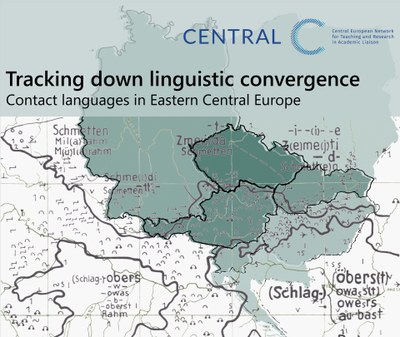
© Agnes Kim, erstellt mit regionalsprache.de / alle Rechte am Bild vorbehalten
Invited speakers:
Tilman Berger (Tübingen)
Sina Bosch (Potsdam)
Lea Schäfer (Düsseldorf)
Some languages resemble each other strongly or at least in some respects. They may share certain words that are only slightly distinct in their pronunciation, or they may apply the same strategies to form new words. Some also resemble each other with respect to grammatical patterns, e.g. the way they form their future tenses. Most of these similarities result from the close genetic relation of the respective languages, like in the case of the Romance or the Germanic languages. However, also genetically non-related but neighbouring languages may share these above-mentioned features. If this is the case for more than two languages in a certain geographical area, linguists trace these similarities to language contact and say that the languages have converged and thus form a linguistic area (Germ. Sprachbund).
This is the case for the languages in Eastern Central Europe and amongst them especially Czech, Slovak, Hungarian, and German (in Austria). So far, the research tradition has however not provided sufficient case studies to prove that the languages have become more similar through contact with each other. Additionally, it has neglected the probably most important aspect in language contact: the bilingual individual and their way of dealing with the languages and varieties in their repertoire in certain social settings.
The planned workshops bring together scholars of several languages spoken in Eastern Central Europe as well as of Slavic languages, especially Russian as a heritage language. Their goal is to critically discuss and revise the idea of the Central European linguistic area. Therefore, they seek to integrate innovative theories and a mixed-methods approach to allow for the consideration of the bilingual individual and the sociolinguistic setting.


